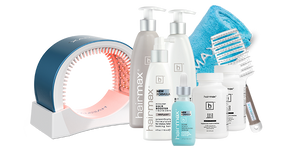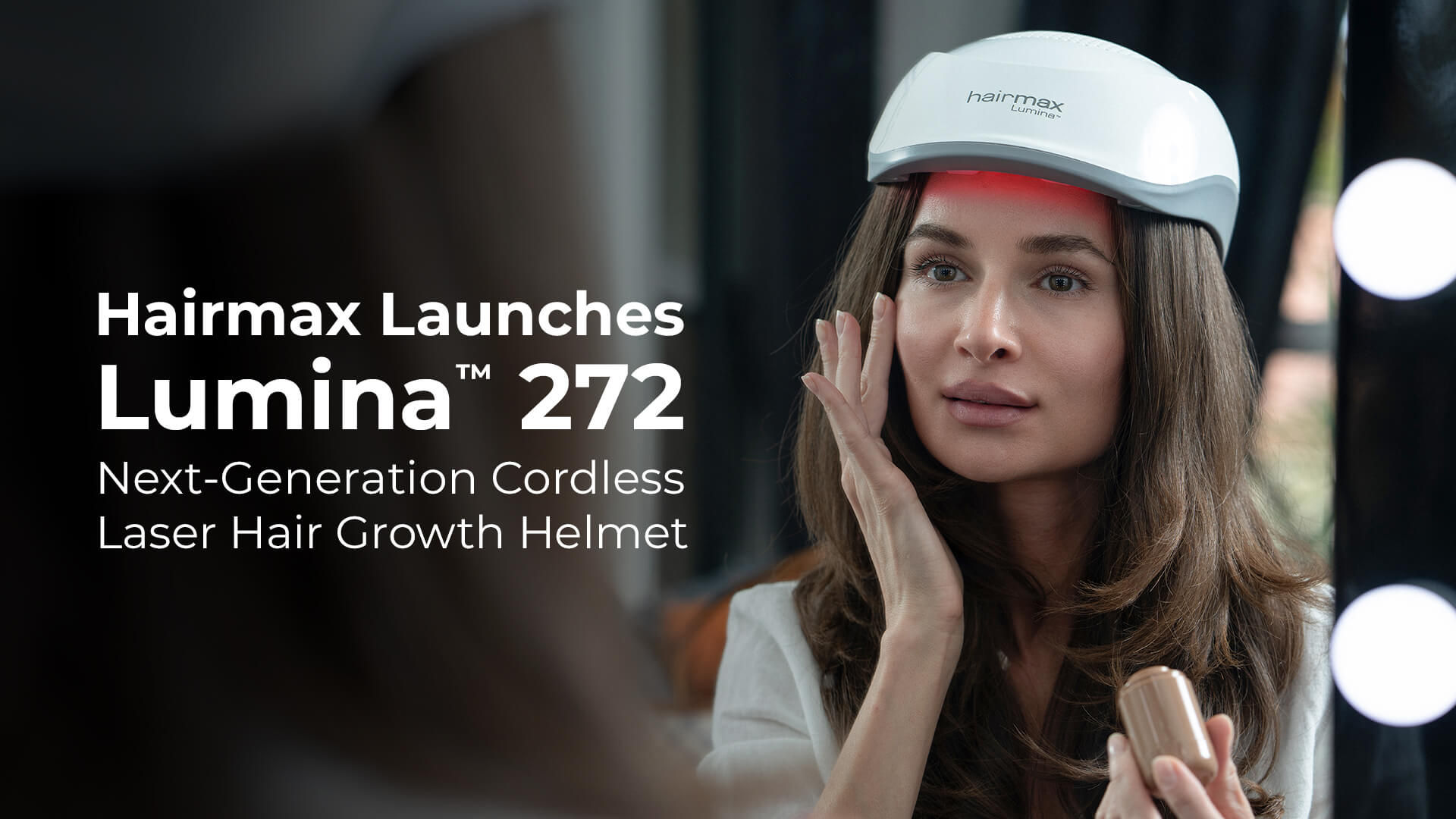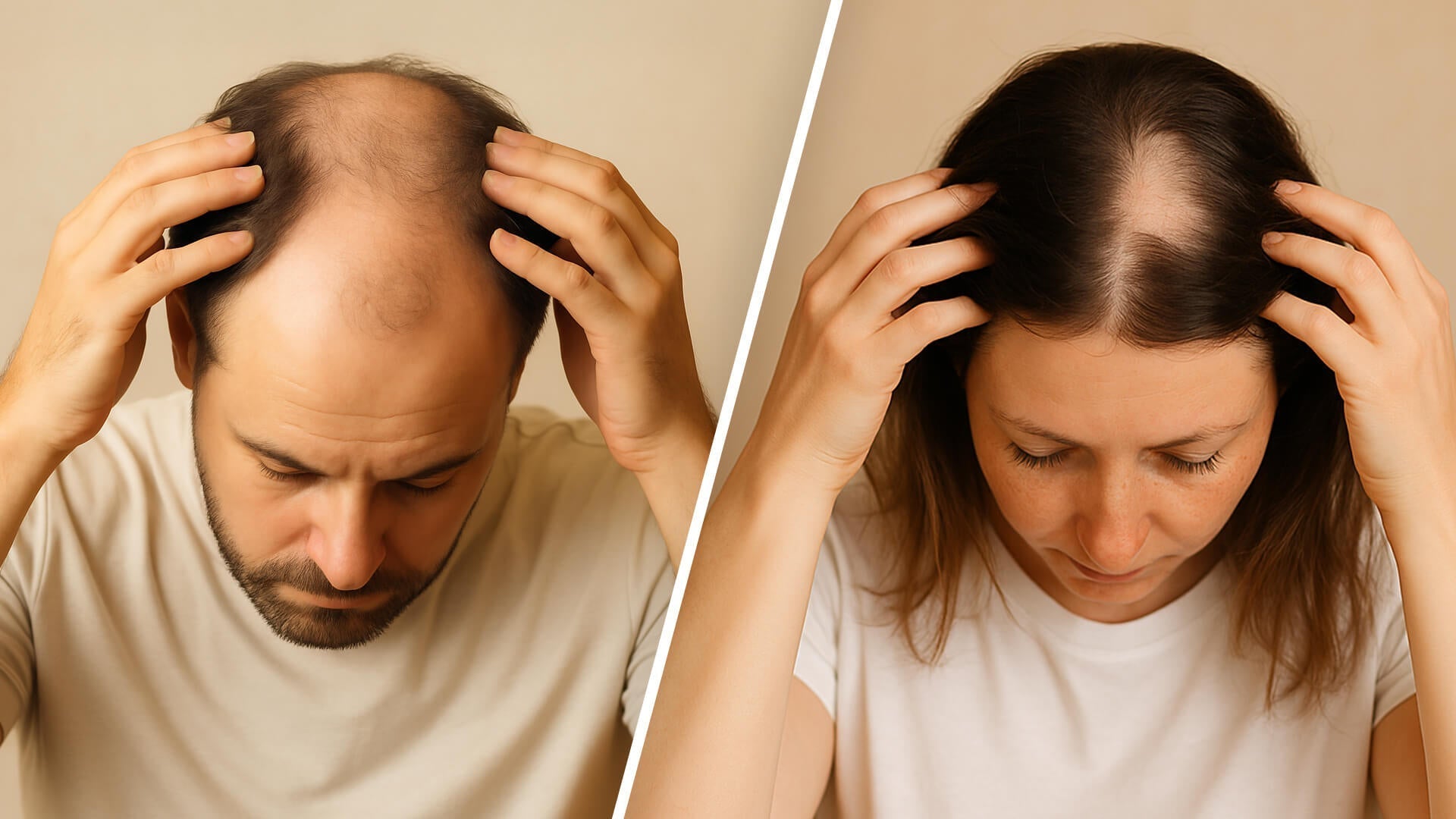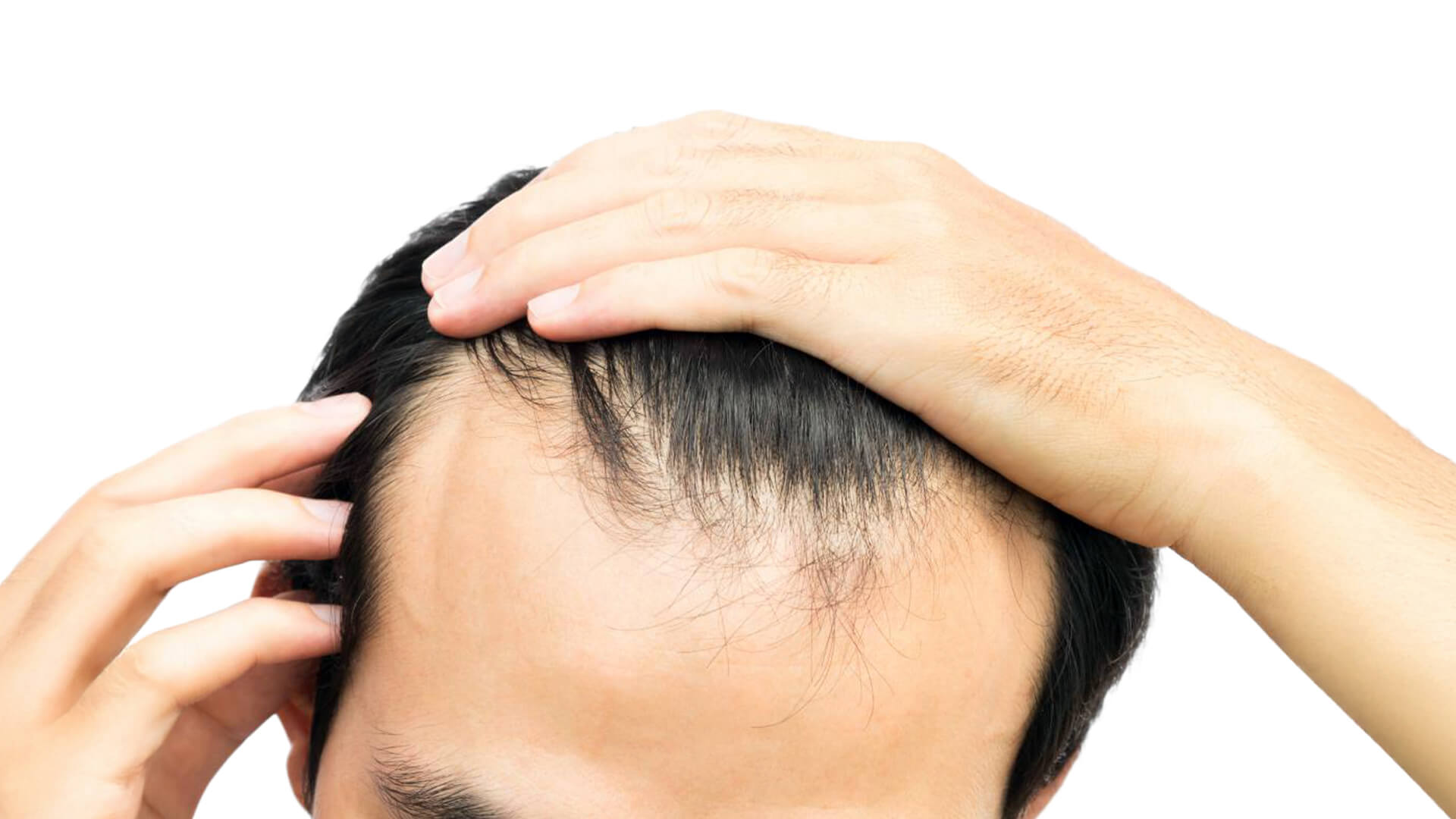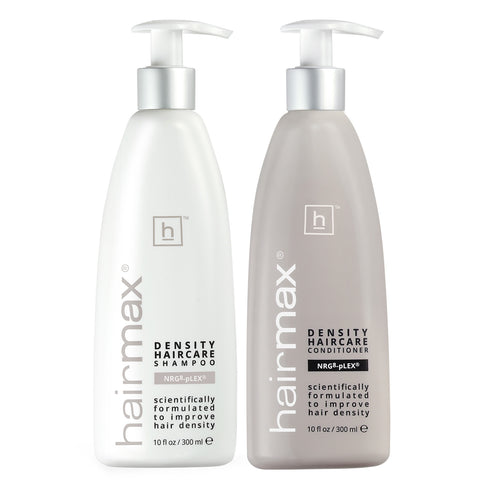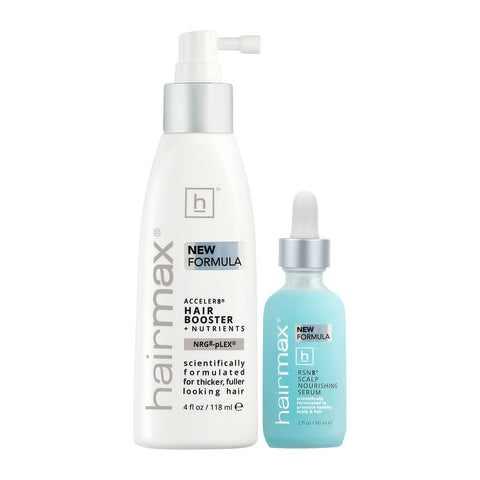Authored by:
Yuliia Chorna, Trichologist IAT, WTS
I had an interesting case at the beginning of my career as a Trichologist. I was working as the chief physician in a large clinic in Baku, Azerbaijan and had just begun to seriously engage in trichology when two patients, within the same week, came to me with the same complaint: significant hair damage and thinning in small areas in the temple area. After long conversations and discussions, it turned out that the cause of their hair loss was traction alopecia due to the patients styling their hair by pulling it back in a tight bun every day. This was my first experience with traction alopecia.
Traction (synonym - "tension") alopecia (from Latin alopecia "hair loss") is characterized by increased shedding, thinning and hair breakage due to constant tension. My patients were unaware that their hair style choice was causing damage and hair loss in areas where their hair was being pulled tightly.
Which hairstyles can lead to this?
Hairstyles such as tight ponytails, pigtails, braids, and braiding patterns that pull the hairline forcefully towards the vertex of the scalp, as well as dreadlocks, can lead to hair damage. These hairstyles are especially destructive for those with thin hair.
Wearing dreadlocks can cause excessive damage to your hair follicles. To get such a hairstyle, you need to twist together natural and synthetic hair for length and volume. Because of that, the weight of the hair and the load on the hair follicle increases. In addition, the hair is constantly tense: stretched and fixed in one direction - this leads to its excessive fragility and breakage. If you decide to wear dreadlocks, there is a risk that when you take them off, a lot of your hair will come off with them.
Tight braids are one of the most damaging hairstyles for hair due to the tight weaving of the strands. Constant wearing of this style can cause exhaustion and hair loss, as the follicles become traumatized from the tension. Typically, this type of hair loss is most common along the forehead line, the back of the head and temples, and in the area of the parting between pigtails. This is because these areas tend to have the strongest tension on the hair.
Someone may not take my caution about avoiding these styles seriously, thinking: "Well, they will fall out, then new ones will grow, and on other side I would have fashionable or "convenient" hairstyle." But it's not that easy. Stretching hair rods for months without interruption can lead to fibrosis, when hair bulbs atrophy and cease to exist, and the skin around them becomes more like a scar. And nothing can help with treatment of scaring alopecia.
The problem of washing long hairstyles, such as pigtails, dreadlocks, hair extensions, and wigs, can aggravate hair loss. This is due to sebum accumulation and the appearance of dandruff and itching, which can lead to inflammation and faster hair loss.
What are the signs that your hairstyle is causing damage to your hair?
- If you are experiencing scalp soreness, it may be an indication that your current hairstyle is causing damage to your hair. This is known as traction alopecia and is easily reversible if you act quickly. All you must do is change your hairstyle to help restore your hair growth.
- The next sign of traction alopecia is redness of the skin around the hair follicles, indicating chronic inflammation. This is accompanied by brittle hair and impaired hair growth; they become shorter and thinner. As the condition progresses, more severe symptoms may occur, such as rashes, peeling, itching, hair loss, and bald spots in the areas of greatest tension on the scalp.
So, we found out that traction alopecia has only an external mechanical cause, not an internal one. What to do if traction alopecia has begun? If traction alopecia has started, the first step is to change the hairstyle to reduce the tension on the hair follicles. Then, restoration of the hair follicles is necessary. This entails removing inflammation, normalizing cell activity, improving blood circulation in the skin, and stimulating the growth of new, healthy hair.
Based on my experience I can assure you that pharmaceutical treatment here will be ineffective. Low level laser therapy, has proven to be the most effective hair loss treatment for traction alopecia. No other technique works so complexly and so targeted. During a short session, while the Hairmax LaserComb or LaserBand is on your head, laser energy, penetrating to the predicted depth to the hair bulb, triggers a cascade of important therapeutic processes eliminates inflammation and swelling, improves the processes of nutrition and division in the hair follicle, accelerates its strengthening and thickening, increases local immunity. The result will be the appearance of new thick strong hair and growth of alopecia sites. See Hairmax before after hair loss results photos.
For traction alopecia, Hairmax laser therapy is an effective hair loss treatment on its own. Hairmax laser therapy can also be used as a hair loss treatment for hormonal or hereditary hair loss. Hairmax laser therapy can be used alone or as part of a combination therapy plan.
My Tips For Healthy Hair Growth
- Be careful to avoid tight pulling when styling your hair – it can cause harm.
- Don't ignore the pain signals your scalp gives you.
- Take care of causes to prevent hair loss. In cases where such a hairstyle cannot be done without or if the hair deteriorates by virtue of the profession (nurses, ballerinas, athletes), regular strengthening of follicles with laser therapy will be a good solution.
- Be patient - laser low-intensity therapy has its own treatment term, and it is not short, like everything in trichology. Believe me, the effect and convenience of such treatment is worth it!
- Do not self-medicate, contact a Trichologists as traction alopecia can coexist with other types of hair loss, and each alopecia has its own therapy.



